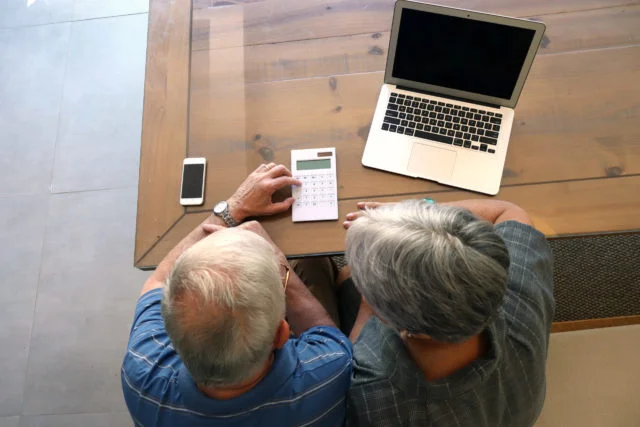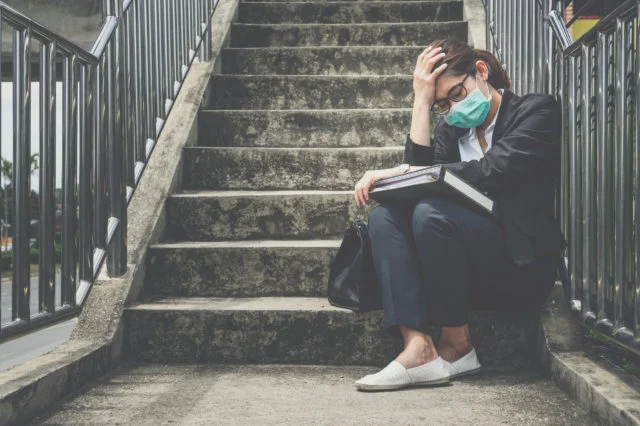Tag: recession

A theory – untested until now – about why more people apply for federal disability during recessions is that the depression, stress, or unhealthy behaviors caused by unemployment worsen their health and spur them to apply. This explanation is largely ruled out in a new study out of Cornell University and the University of Illinois…

The federal minimum wage is $7.25 an hour and hasn’t budged since 2009. But many states and some municipalities have raised their minimum wages. Today, more than half of the state minimums exceed the federal minimum. Now a new trend has emerged: 19 states have enacted or approved automatic yearly increases in their minimum wages…











